- Leicester AIDS Support Services and Trade Sexual Health were founded in the late 1980s to reduce the spread of HIV and to support those diagnosed with the virus
- Princess Diana visited LASS in 1991 and Prince Harry visited in 2017, as part of their powerful work to reduce stigma against people with AIDS
- Leicester's dedicated HIV officer Warren Wiesner was a highly respected activist who died in 1994 of an AIDS related illness
A New Deadly Disease
In the early 1980s awareness of a disease, caused by the HIV-1 retrovirus, began to grow. It became known as AIDS. Deaths were occurring across America, mostly amongst gay men. The first UK death from AIDS was recorded in 1981.
The 1980s brought many challenges for the gay community. Media reports referred to AIDS as the 4H disease affecting “homosexuals, Haitians, heroin users and haemophiliacs” and awareness campaigns were designed to scare people. The most notable was the national ‘AIDS: Don’t Die of Ignorance’ campaign, which featured the infamous ‘Monolith’ advert that was accompanied by a leaflet sent to every household. The 1988 Section 28 law also banned the “promotion of homosexuality”, making support for the gay community less visible.

Local Support
A local helpline to support gay people was created in 1976. In 1981 it became the first “LGB” organisation to receive UK public funding. Today it is the Leicester Lesbian Gay Bisexual and Transgender (LGBT) Centre. The late 1980s saw the foundation of Leicester AIDS Support Services (LASS), and Trade Sexual Health, originally set up as action group as part of the LGBT Centre. These organisations worked to reduce the spread of HIV, through awareness and sexual education, providing HIV testing services and to help people living with HIV and AIDS in Leicester and the wider region.
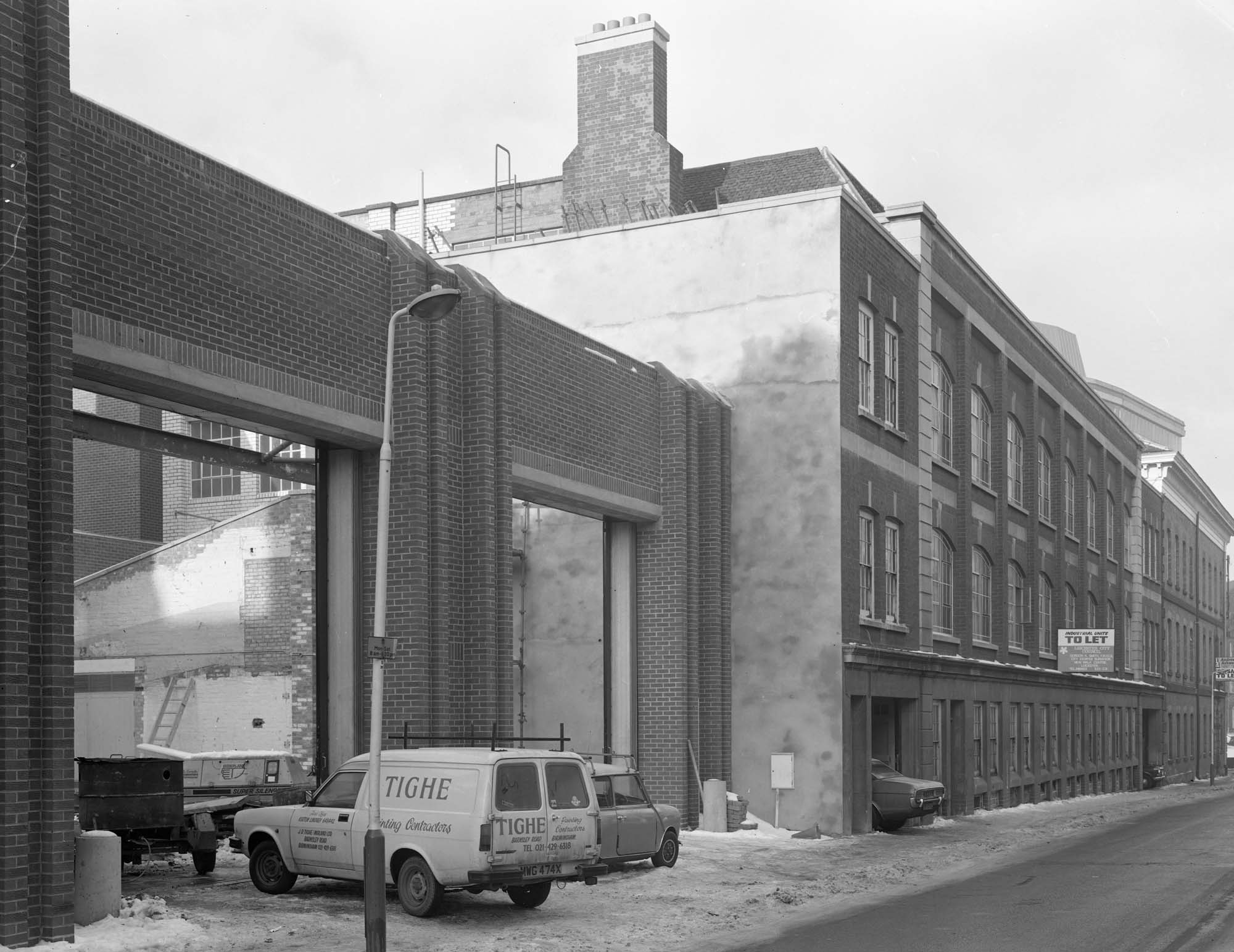
As part of her powerful work to reduce stigma against people with AIDS, Princess Diana shocked the world by shaking the hand of a patient whilst opening the first dedicated HIV/AIDS hospital unit at London Middlesex Hospital. Princess Diana visited LASS in Leicester in 1991, and Prince Harry continued this legacy by revisiting the charity in 2017.
Leicester City Council appointed a dedicated HIV officer, Warren Wiesner, who went on to become the Leicestershire Health AIDS Co-ordinator. He was a highly respected activist who helped to produce information campaigns to spread awareness of the HIV virus and to promote gay rights within the city. He died in 1994 of an AIDS related illness, aged 38.
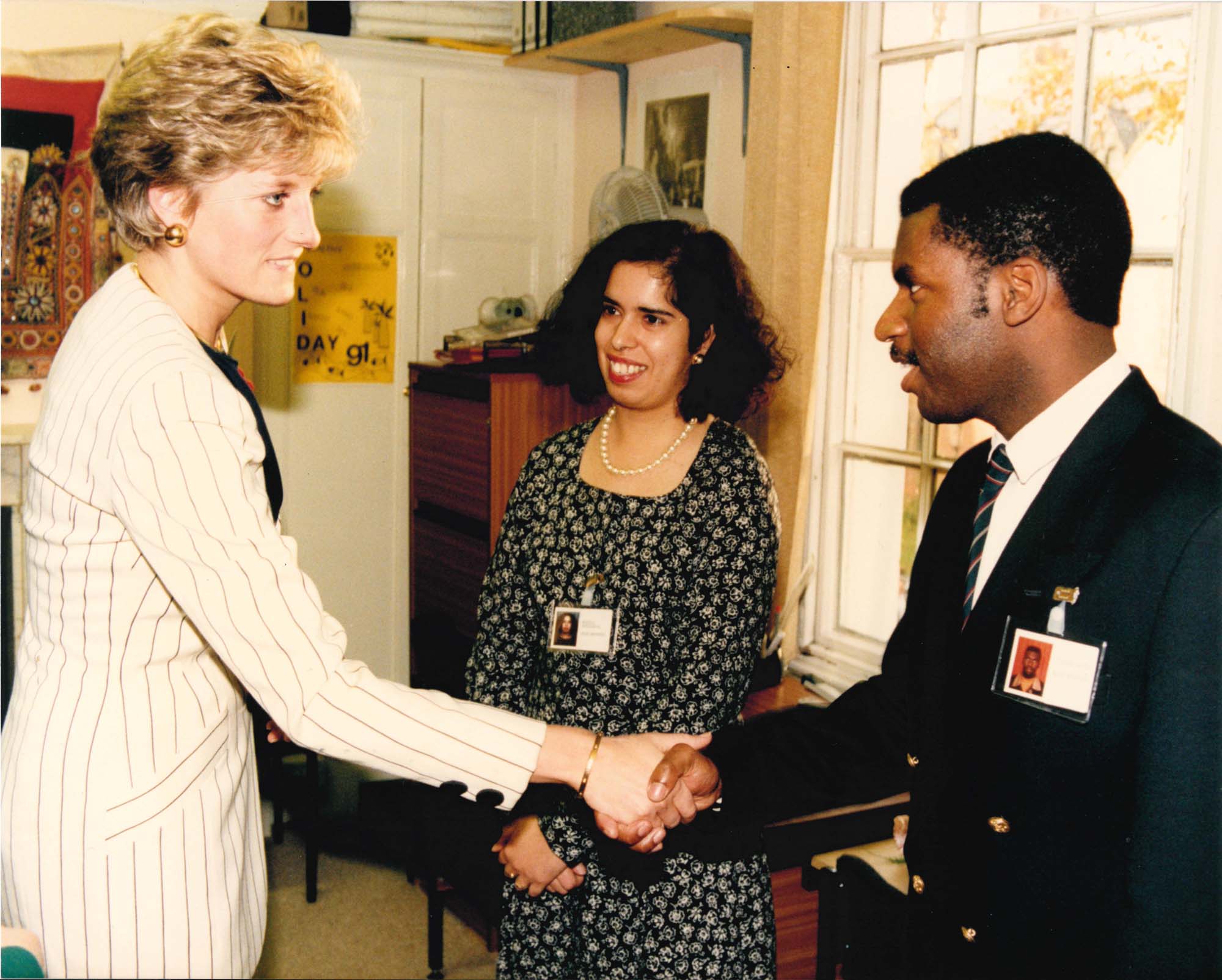
Acting Up
Internationally, the Act Up campaign was launched by the LGBT community in 1987. It fought for greater support from governments and health bodies to protect people from HIV and AIDS. Campaigners held dramatic protests and built-up expert knowledge about the disease.
In 1996, the number of new HIV cases declined for the first time with improvements to HIV/AIDS awareness, testing and treatment. Heterosexuals now contract HIV at a higher rate than gay and bisexual men in England. People living with HIV on effective medication now cannot pass on HIV and live a full life. The LGBT community’s response to HIV/AIDS has helped improve the experience and outcomes for everyone living with HIV.
Every year for World AIDS Day on 1st December, a Red Ribbon Remembrance event commemorates those lives lost or affected by HIV and AIDS in the Leicester community.
The contents of this page were produced in partnership with Trade Sexual Health; made for the Positive Leicester exhibition at Leicester Museum & Art Gallery in Autumn 2022.
Gallery
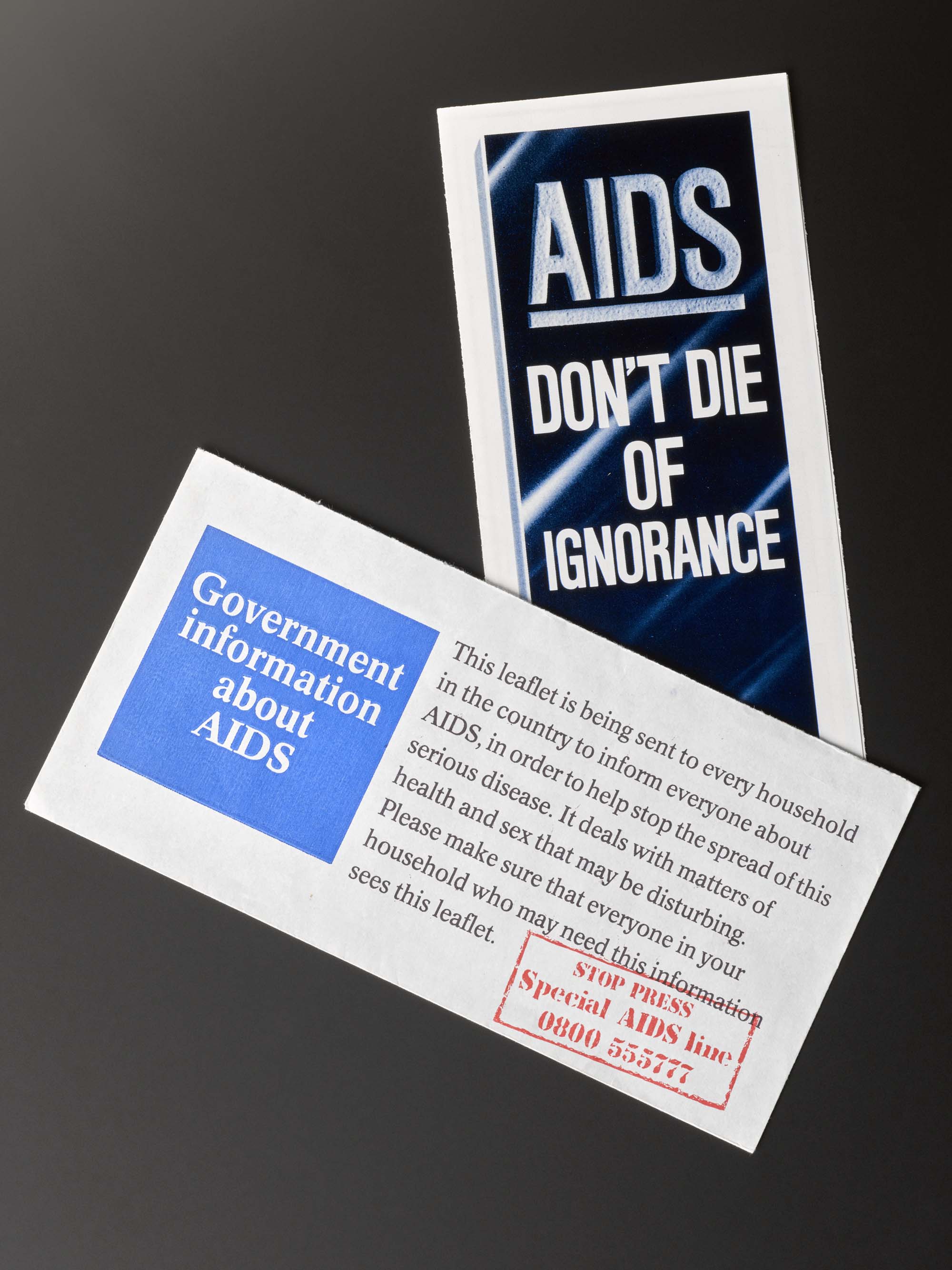
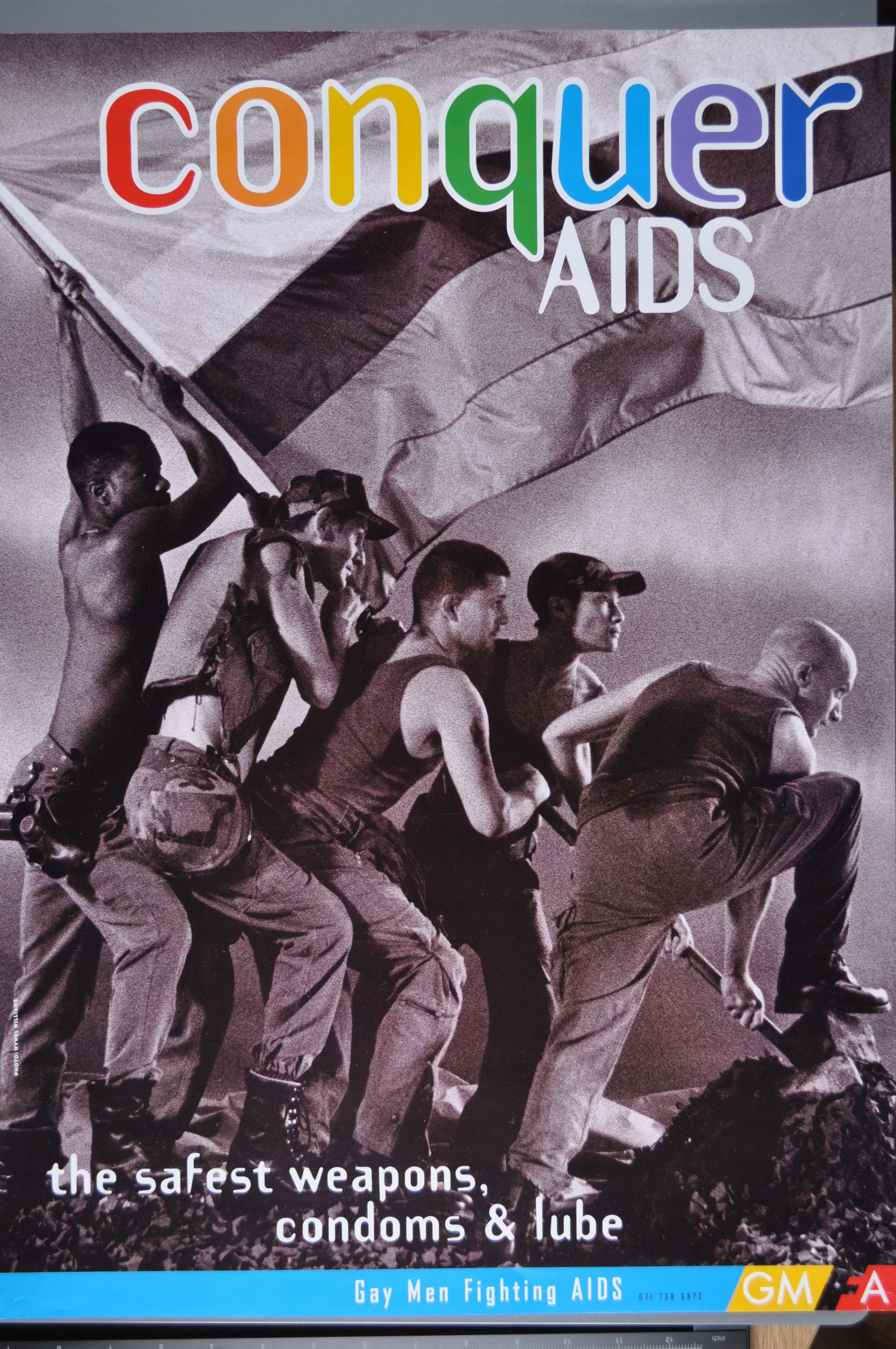
LGBT HERO
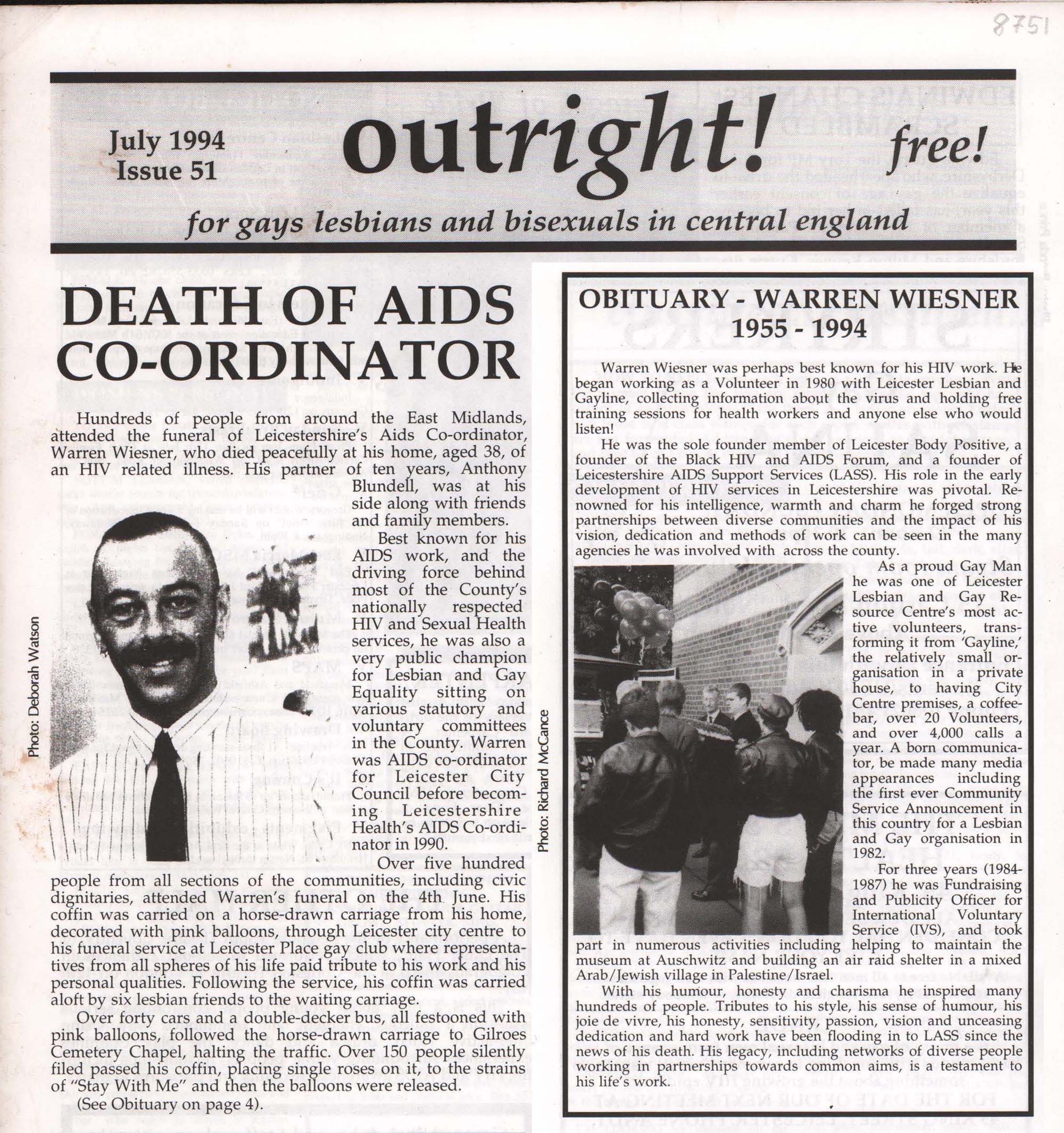
"Outright!”, Issue 51, July 1994

Leicester & Leicestershire Record Office
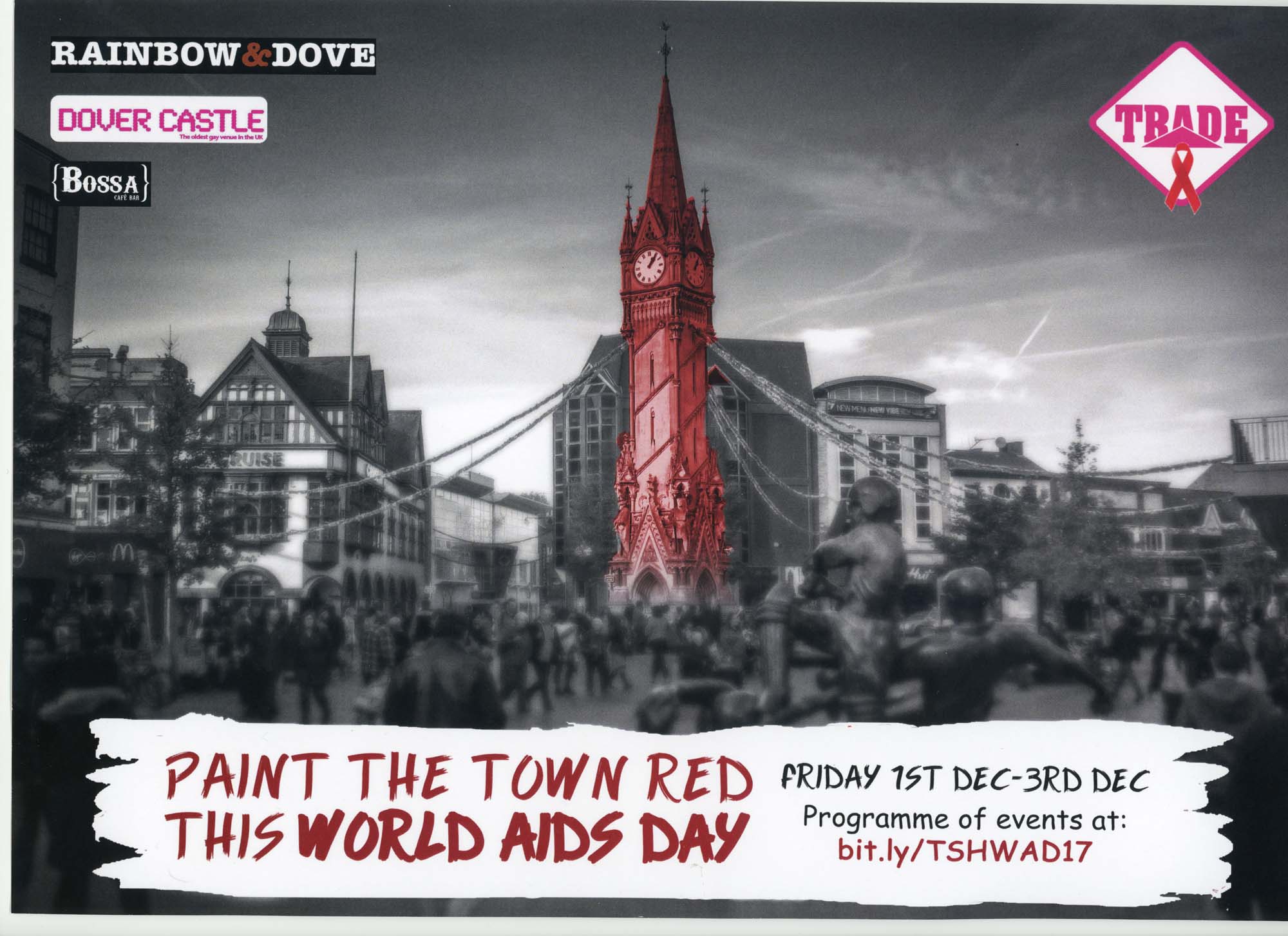
Trade Sexual Health
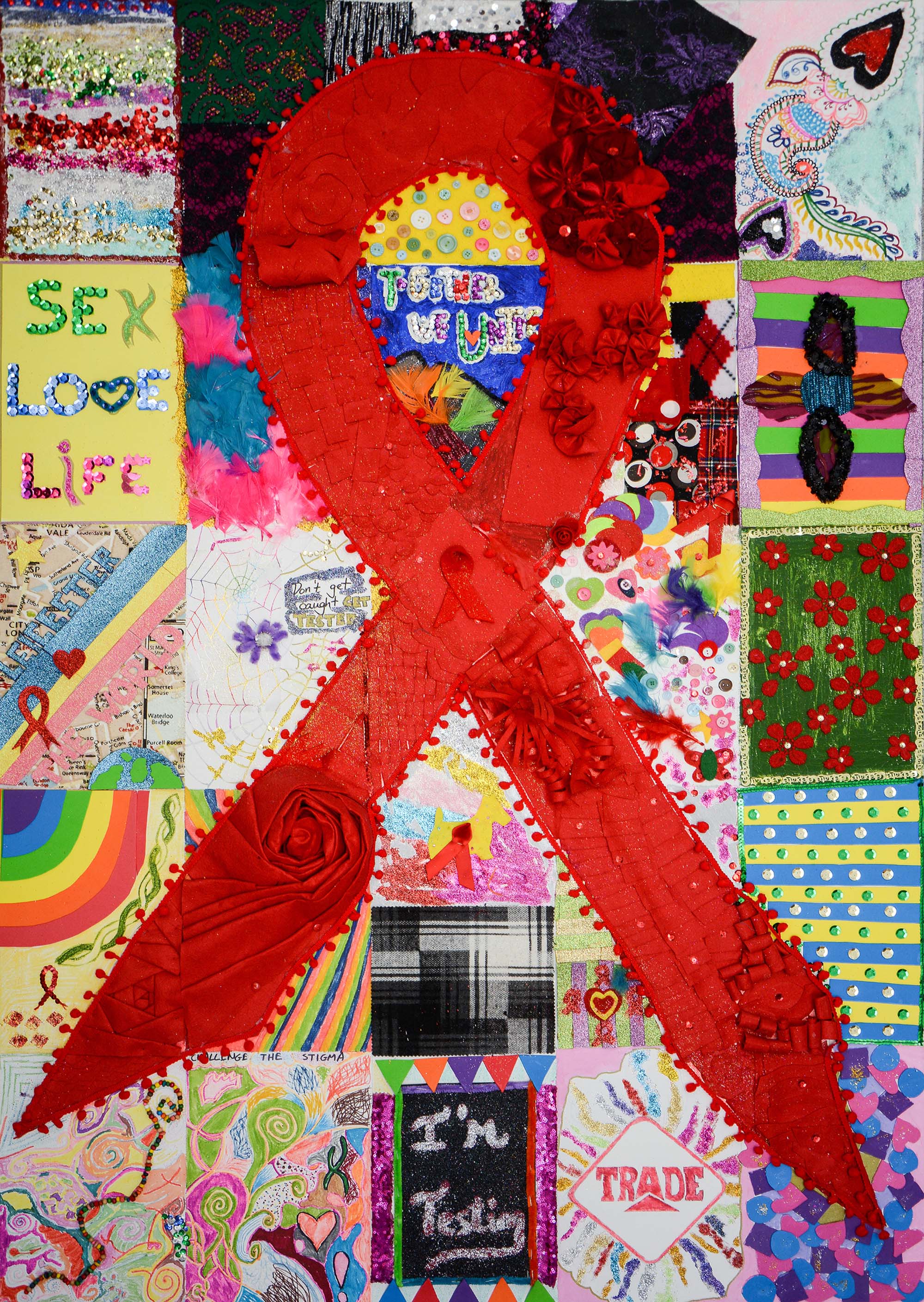
Trade Sexual Health

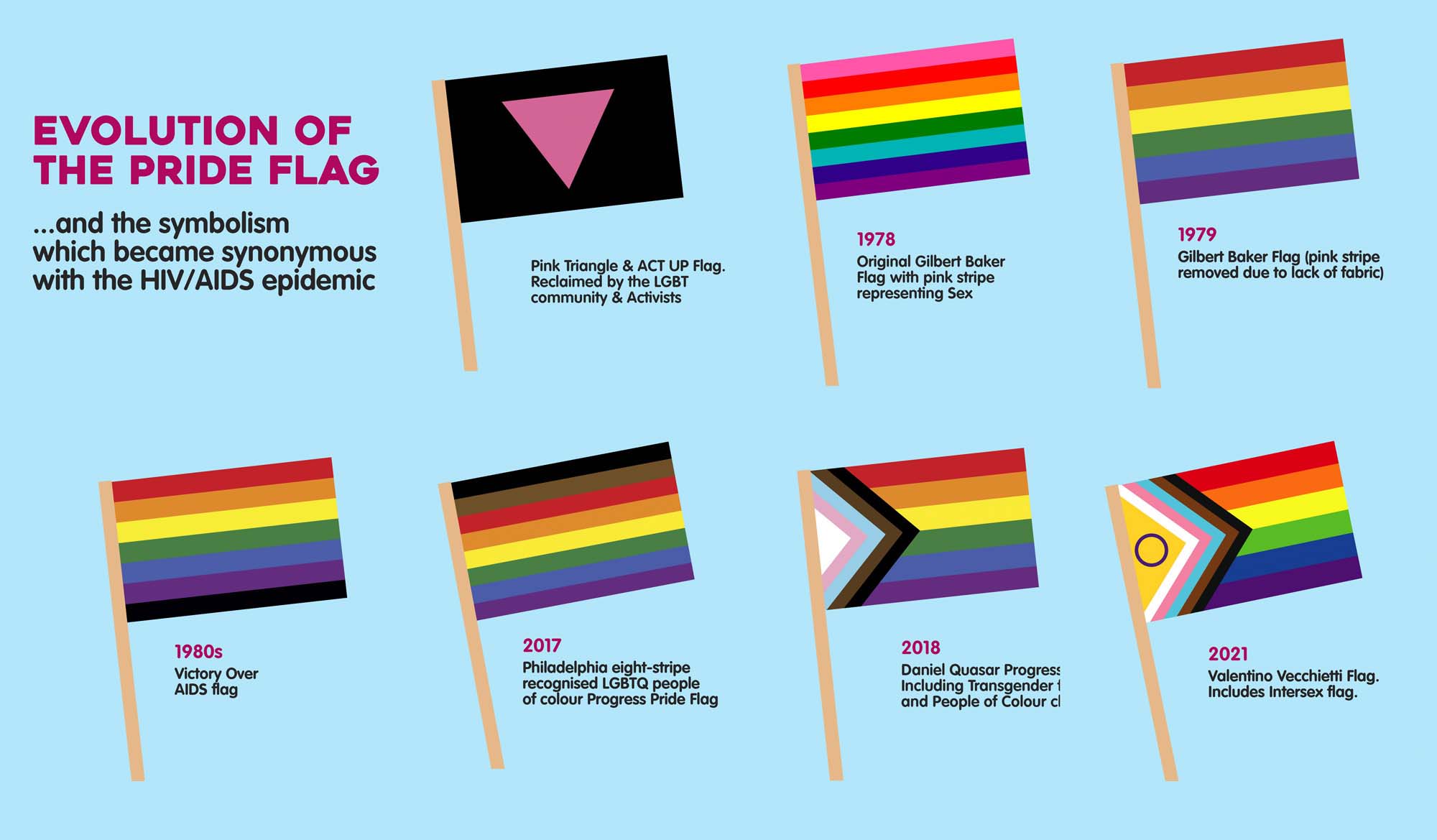
Leicester Museums & Galleries

Leicester Museums & Galleries

Leicester City Council
Sorry, there are no items to display.
Roman Leicester
(47- 500) A military fort was erected, attracting traders and a growing civilian community to Leicester (known as Ratae Corieltauvorum to the Romans). The town steadily grew throughout the reign of the Romans.
Medieval Leicester
(500 – 1500) The early years of this period was one of unrest with Saxon, Danes and Norman invaders having their influences over the town. Later, of course, came Richard III and the final battle of the Wars of the Roses was fought on Leicester’s doorstep.
-
The Castle Motte1068

-
Leicester Cathedral1086

-
St Mary de Castro1107

-
Leicester Abbey1138

-
Leicester Castle1150

-
Grey Friars1231

-
The Streets of Medieval Leicester1265

-
Leicester Market1298

-
Trinity Hospital and Chapel1330

-
Bow Bridgecirca 1350

-
Church of the Annunciation1353

-
John O’Gaunt’s Cellar1361

-
St John's Stone1381

-
Leicester Guildhall1390

-
The Magazine1400

-
The Blue Boar Inn1400

-
The High Cross1577

Tudor & Stuart Leicester
(1500 – 1700) The wool trade flourished in Leicester with one local, a former mayor named William Wigston, making his fortune. During the English Civil War a bloody battle was fought as the forces of King Charles I laid siege to the town.
Georgian Leicester
(1700 – 1837) The knitting industry had really stared to take hold and Leicester was fast becoming the main centre of hosiery manufacture in Britain. This new prosperity was reflected throughout the town with broader, paved streets lined with elegant brick buildings and genteel residences.
-
Great Meeting Unitarian Chapel1708

-
The Globe1720

-
17 Friar Lane1759

-
Black Annis and Dane Hills1764

-
Leicester Royal Infirmary1771

-
New Walk1785

-
Freemasons’ Hall1790

-
Gaols in the City1791

-
Friars Mill1794

-
City Rooms1800

-
Development of Highfields1800

-
Wesleyan Chapel1815

-
20 Glebe Street1820

-
Charles Street Baptist Chapel1830

-
Glenfield Tunnel1832

-
James Cook1832

Victorian Leicester
(1837 – 1901) The industrial revolution had a huge effect on Leicester resulting in the population growing from 40,000 to 212,000 during this period. Many of Leicester's most iconic buildings were erected during this time as wealthy Victorians made their mark on the town.
-
Leicester Union Workhouse1839

-
Campbell Street and London Road Railway Stations1840

-
The Vulcan Works1842

-
Belvoir Street Chapel1845

-
Welford Road Cemetery1849

-
Leicester Museum & Art Gallery1849

-
King Street1850

-
Cook’s Temperance Hall & Hotel1853

-
Amos Sherriff1856

-
Weighbridge Toll Collector’s House1860

-
4 Belmont Villas1862

-
Top Hat Terrace1864

-
Corah and Sons - St Margaret's Works1865

-
Kirby & West Dairy1865

-
The Clock Tower1868

-
Wimbledon Works1870

-
The Leicestershire Banking Company1871

-
St Mark’s Church and School1872

-
Victorian Turkish Baths1872

-
The Town Hall1876

-
Central Fire Stations1876

-
Aylestone Road Gas Works and Gas Museum1879

-
Gas Workers Cottages1879

-
Leicestershire County Cricket Club1879

-
Welford Road Tigers Rugby Club1880

-
Secular Hall1881

-
Development of Highfields1800

-
Abbey Park1881

-
Abbey Park Buildings1881

-
Victoria Park and Lutyens War Memorial1883

-
Leicester Fosse FC 18841884

-
Leicester Coffee and Cocoa Company Coffee Houses1885

-
St Barnabas Church and Vicarage1886

-
Abbey Pumping Station1891

-
Luke Turner & Co. Ltd.1893

-
West Bridge Station1893

-
Thomas Cook Building1894

-
The White House1896

-
Alexandra House1897

-
Leicester Boys Club1897

-
Grand Hotel and General Newsroom1898

-
Highfield Street Synagogue1898

-
Western Park1899

-
Asfordby Street Police Station1899

-
Leicester Central Railway Station1899

Edwardian Leicester
(1901 – 1910) Electric trams came to the streets of Leicester and increased literacy among the citizens led to many becoming politicised. The famous 1905 ‘March of the Unemployed to London’ left from Leicester market when 30,000 people came to witness the historic event.
-
YMCA Building1900

-
The Palace Theatre1901

-
Pares's Bank1901

-
Coronation Buildings1902

-
Halfords1902

-
High Street1904

-
George Biddles and Leicester's Boxing Heritage1904

-
Municipal Library1905

-
Leicester Boys Club1897

-
The Marquis Wellington1907

-
Guild Hall Colton Street1909

-
Women's Social and Political Union Shop1910

-
Turkey Café1901

Early 20th Century Leicester
(1910 – 1973) The diverse industrial base meant Leicester was able to cope with the economic challenges of the 1920s and 1930s. New light engineering businesses, such as typewriter and scientific instrument making, complemented the more traditional industries of hosiery and footwear manufacturing.
-
Dryad Handicrafts1912

-
De Montfort Hall1913

-
Leicester During the First World War1914

-
Fox’s Glacier Mints1918

-
Statue of Liberty1919

-
Housing in Saffron Lane1924

-
Winstanley House1925

-
Housing in North Braunstone1926

-
Lancaster Road Fire Station1927

-
The Little Theatre1930

-
Saffron Hill Cemetery1931

-
Braunstone Hall Junior School1932

-
Former City Police Headquarters1933

-
Savoy Cinema1937

-
Eliane Sophie Plewman1937
-
City Hall1938

-
Athena - The Odeon Cinema1938

-
The Blitz in Highfields1940

-
Freeman, Hardy and Willis - Leicester Blitz1940

-
Leicester Airport1942

-
Leicester’s Windrush Generations1948

-
Netherhall Estate1950
-
Housing at Eyres Monsell1951

-
Silver Street and The Lanes1960

-
Bostik1960

-
Auto-Magic Car Park (Lee Circle)1961

-
University of Leicester Engineering Building1963

-
Sue Townsend Theatre1963

-
Central Mosque1968

-
Belgrave Flyover1973

Modern Leicester
(1973 – present day) Industry was still thriving in the city during the 1970s, with the work opportunities attracting many immigrants from all over the world. While industry has declined in recent years, excellent transport links have made Leicester an attractive centre for many businesses. The City now has much to be proud of including its sporting achievements and the richness of its cultural heritage and diversity.
-
Haymarket Theatre1973

-
The Golden Mile1974

-
Acting Up Against AIDS1976

-
Belgrave Neighbourhood Centre1977

-
Diwali in Leicester1983

-
Leicester Caribbean Carnival1985

-
Samworth Brothers1986

-
Jain Centre1988

-
Guru Nanak Dev Ji Gurdwara1989

-
King Power Stadium2002

-
LCB Depot2004

-
Curve2008

-
BAPS Shri Swaminarayan Mandir2011

-
Makers Yard2012

-
VJ Day 80th Anniversary2020

- Roman Leicester
- Medieval Leicester
- Tudor & Stuart Leicester
- Georgian Leicester
- Victorian Leicester
- Edwardian Leicester
- Early 20th Century Leicester
- Modern Leicester
















































































































































